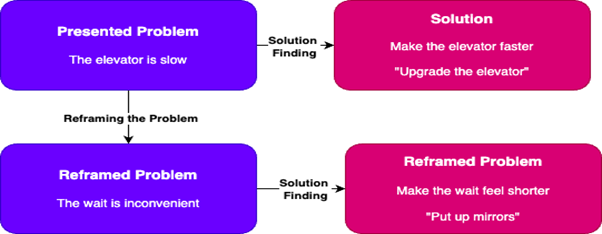Don’t Let Your Software Requirements Die
In the realm of software development, the clarity and accuracy of software requirements are pivotal for project success. Traditionally viewed as static documents to be archived post-project, this perspective neglects their ongoing potential.
Living software requirements is a paradigm where these documents evolve continually with the software, serving as an enduring source of truth. This approach not only maintains relevance but also actively shapes the software’s lifecycle, promoting adaptability and precision in development processes.
They ensure that as software grows and changes, the documentation is not left behind, thus avoiding the pitfalls of outdated or irrelevant information – because often zero documentation is worse than out of date documentation!
How requirements slowly die.
Picture this: a new software project kicks off with energy and optimism. The business analyst dives deep, engaging with stakeholders to gather an amazing set of requirements. They craft an impressive functional specification that serves as the project’s North Star, and as the project kicks off, hundreds of tasks get populated into a project management tool like Jira, mapping out the journey ahead.
The software delivery team starts strong.
As expected, questions and clarifications emerge, evolving the requirements a little. Some tasks need tweaks; others have missing components, and there are even some sew requirements that surface. This is fine (we are agile after all!) – and these changes and additions are all added into the project management tool, as that’s now the source of truth keeping the project on track.
As the tasks are ticked off, a sense of accomplishment fills the air. Finally, the project crosses the finish line, the board clears, and it’s a wrap. Success!
Or is it? Software, particularly the large, mission-critical kind, is never truly ‘done.’
The project may have ended, but the software lives on, continuous adaptation and enhancement are normal these days. But scoping new tasks becomes a little harder, as the detailed system knowledge from that original functional specification, has now changed. The source of truth is now fragmented across completed Jira tasks and buried in comment threads.
In this scenario, the requirements didn’t just become obsolete; they died a slow death, leaving the team navigating a labyrinth of past decisions and discussions to grasp the full scope of their own software.
Advertisement
How to keep my requirements alive?
Keeping software requirements alive is pivotal for the long-term health and adaptability of your system. Rather than relegating these crucial insights to a static document, consider embedding them within a collaborative platform accessible to the entire organization. This living, breathing approach ensures that requirements can evolve alongside your software, reflecting real-time changes and decisions. Here’s how you can make it happen:
1. Centralize requirements and allow collaboration: Choose a platform where stakeholders across the business can access, review, and iterate on the requirements. This system should be the go-to source for everything related to what your software does and why, and platforms such as Userdoc are specifically tailored to this task.
2. Project management integration: While the main body of requirements should live outside, ensure there’s a seamless flow of information into your project management tools like Jira. This helps in translating the high-level requirements into actionable tasks and ensures day-to-day activities align with the broader goals.
3. Continuous updates and iterations: Encourage a culture where updating the requirements is part of the process, not an afterthought. This keeps the requirements current and relevant throughout the software lifecycle.
4. Embrace AI – AI can be an amazing tool for helping determine what changes could affect other parts of your system, and understanding that when writing requirements for New Feature X, you will also need to update Existing Feature Y’s requirements.
5. Requirements versioning: Just like with code, software requirements need versions and branches. Ensure you clearly denote what features are live, what features are in development, and what features are still being scoped.
6. Living reference for all teams: From development to QA, from business analysts to project managers, ensure that everyone references and contributes to the same set of requirements. This alignment prevents information silos and fosters a unified understanding of the system.
7. Long-term business asset: Beyond project completion, maintain these requirements as a living record of what’s in place. This becomes invaluable for training, onboarding, and new developers understanding the system’s capabilities and limitations. It also ensures the source code isn’t the only source of truth for the system’s functionality.
Transforming your software requirements into living documentation is a strategic move that pays dividends throughout the lifecycle of your software.
And the thing is, it’s not actually doing any extra work – it’s just simply unifying the place where that work is done, and fostering a culture of continuous collaboration and documentation.
Embrace the concept of living software requirements and watch your software, and team, move faster with more confidence.





